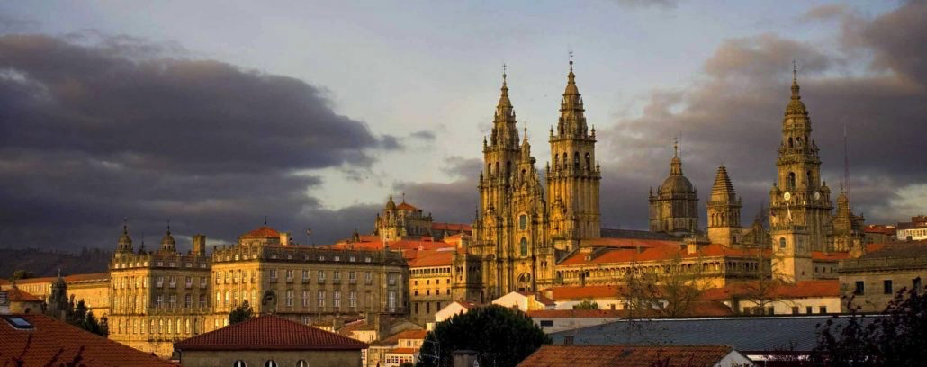Speakers
Description
documentclass[article]{revtex4-2}
\bibliographystyle{apsrev4-2}
% Remove any % below to load the required packages
\usepackage{latexsym}
\usepackage{graphicx}
\usepackage{amsmath}
\usepackage{rotating}
\usepackage{hyperref}
\usepackage{xcolor,colortbl}
\usepackage[utf8]{inputenc}
\usepackage{xcolor}
\usepackage{multirow}
\usepackage{graphicx}% Include figure files
\usepackage{dcolumn}% Align table columns on decimal point
\usepackage{bm}% bold math
\usepackage[columnwise]{lineno} % para numerar las lineas
\usepackage{setspace} % para modificar el espacio entre lineas
\newenvironment{rotatepage}%
{\clearpage\pagebreak[4]\global\pdfpageattr\expandafter{\the\pdfpageattr/Rotate 90}}%
{\clearpage\pagebreak[4]\global\pdfpageattr\expandafter{\the\pdfpageattr/Rotate 0}}%
\renewcommand{\arraystretch}{1.5}
\begin{document}
\title{Scattering of $^{15}$C on $^{208}$Pb at energies near the Coulomb barrier}
\author{J.D. Ovejas}
\affiliation{Instituto de Estructura de la Materia, CSIC, Serrano 113-bis, E-28006 Madrid, Spain}
\author{V.G. Tavora}
\affiliation{Instituto de Estructura de la Materia, CSIC, Serrano 113-bis, E-28006 Madrid, Spain}
\author{I. Martel}
\affiliation{Departamento de F\'isica Aplicada, Universidad de Huelva, E-21071, Huelva, Spain}
\author{A.M. S\'anchez-Ben\'iÂtez }
\affiliation{Departamento de F\'isica Aplicada, Universidad de Huelva, E-21071, Huelva, Spain}
\author{O. Tengblad}
\affiliation{Instituto de Estructura de la Materia, CSIC, Serrano 113-bis, E-28006 Madrid, Spain}
\author{M.J.G. Borge}
\affiliation{Instituto de Estructura de la Materia, CSIC, Serrano 113-bis, E-28006 Madrid, Spain}
\author{A. Di Pietro}
\affiliation{INFN, Laboratori Nazionali del Sud, via S. Sofia 62, 1-95123, Catania, Italy}
\author{P. Figuera}
\affiliation{INFN, Laboratori Nazionali del Sud, via S. Sofia 62, 1-95123, Catania, Italy}
\author{N. Keeley}
\affiliation{National Center for Nuclear Research, ul Andrzeja Soltana 7, 05-400 Otwock, Poland}
\author{K. Rusek}
\affiliation{National Center for Nuclear Research, ul Andrzeja Soltana 7, 05-400 Otwock, Poland}
\maketitle
Nuclear systems such as $^{6}$He, $^{11}$Li, $^{11}$Be, $^{14}$Be are known to have extended neutron distributions: the so-called neutron halos~\cite{Tan85,Rii13}. This feature occurs when the separation energy of valence neutrons is much smaller than the average binding energy per nucleon in a nucleus, so they can tunnel out of the nuclear potential to large distances with sizable probability.
It has been an intense experimental and theoretical activity dedicated to study
the existence of halos and their dynamics in reaction processes.
The neutron halo produces a pronounced maxima at low excitation energies in the Coulomb dipole
strength B(E1), very narrow transverse momentum distributions and large interaction cross-sections when measured at high energies~\cite{Aum05}.
The dynamics of the halo nuclei scattering at low energies, around the Coulomb barrier, is dominated by the coupling between the elastic channel and collective excitations, neutron transfer and breakup. The angular distributions of the elastic cross section and the core fragments present large sensitivity to these coupling effects, which are due to the halo configuration. This has been demonstrated by us in previous studies with light exotic beams of $^{6}$He, $^{11}$Li and $^{11}$Be scattered on heavy targets~\cite{San08,Cub12,Pes17}. The angular distribution of the elastic channels shows strong absorption patterns where the nuclear and Coulomb interference completely disappears.
The $^{15}$C nucleus (T$_{1/2}$ = 2.449(5) s) has a low single-neutron separation energy S$_n$=1218.1(8) keV in comparison with the two-neutron separation energy S$_{2n}$=9394.5(8) keV~\cite{Wan12}. The spins and parities of the ground and first excited state at E= 740 keV are known to be
I$^{\pi}$=1/2$^+$, 5/2$^+$, respectively.
The halo structure of $^{15}$C has been investigated at relatively high energies in several experiments. The reaction cross section at high energy (83 MeV/u) shows an enhancement respect to the neighboring $^{14,16}$C isotopes and the longitudinal momenta of the $^{14}$C fragments after 1n-breakup present a FWHM distribution between 64-70 MeV/c depending of the target~\cite{Baz98,Sau00,Fan04} that it is narrower than that of the neighbour $^{14,16}$C isotopes, $\approx$ 200 MeV/c, but wider than the $\approx$ 40-50 MeV/c found for the archetype cases~\cite{Aum05}. These properties have hinted the presence of a halo configuration in the $^{15}$C nucleus that would be unique in the sense that it can be described with an almost pure s$_{1/2}$ ground state wavefunction.
To complete our understanding of the role of the halo in $^{15}$C, we have studied its dynamical response at energies close to the Coulomb barrier that has not been yet probed until this work. We studied the scattering of 4.37 MeV/u $^{15}$C beam on a lead target at HIE-ISOLDE, CERN using the GLORIA setup~\cite{Mar14}.
In this contribution we will present the angular distribution of the elastic cross section of $^{15}$C + $^{208}$Pb. Optical Model calculations properly describe the angular distribution of the elastic channel and indicate an enhancement of the total reaction cross section.
\begin{thebibliography}{999}
\bibitem{Tan85}
I. Tanihata \textit{et al.}, Phys. Rev. Lett. {\bf 55}, 24 2676 (1985).
\bibitem{Rii13}
K. Riisager, Phys. Scr. {\bf T152}, 014001 (2013).
\bibitem{Aum05}
T. Aumann, Eur. Phys. J. A {\bf 26}, 441 (2005).
\bibitem{San08}
A.M. S\'anchez-Ben\'iÂtez \textit{et al.}, Nuclear Physics A {\bf 803}, 30 (2008).
\bibitem{Cub12}
M. Cubero \textit{et al.}, Phys. Rev. Lett. {\bf 109}, 262701 (2012).
\bibitem{Pes17}
V. Pesudo \textit{et al.}, Phys. Rev. Lett. {\bf 118}, 152502 (2017).
\bibitem{Wan12}
M. Wang \textit{et al.}, Chin. Phys. C {\bf 36}, 1603 (2012).
\bibitem{Baz98}
D. Bazin \textit{et al.}, Phys. Rev. C {\bf 57}, 2156 (1998).
\bibitem{Sau00}
E. Sauvan \textit{et al.}, Phys Lett B {\bf 491}, 1 (2000).
\bibitem{Fan04}
D.Q. Fang \textit{et al.}, Phys. Rev. C {\bf 69} 034613 (2004).
\bibitem{Mar14}
G. Marqu\'inez-Dur\'an \textit{et al.}, Nuc. Inst. and Methods in Phys. Res. A {\bf 755} 69 (2014).
\end{thebibliography}
\end{document}
| Topic | Experiment |
|---|

